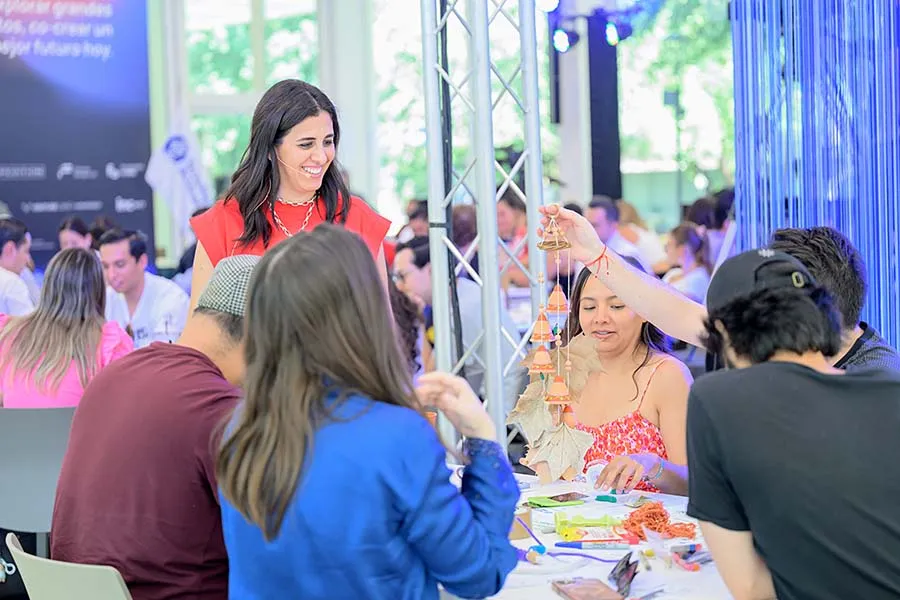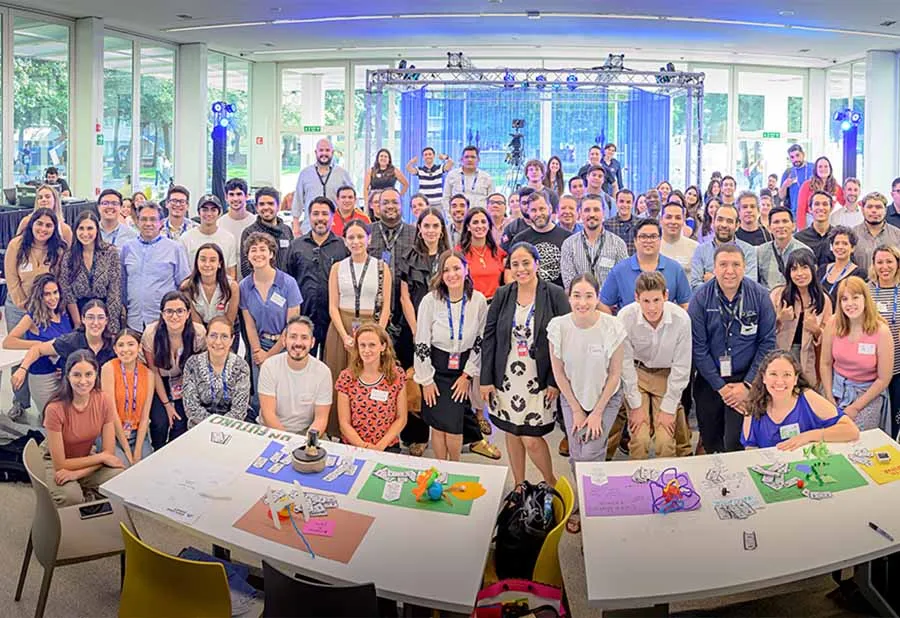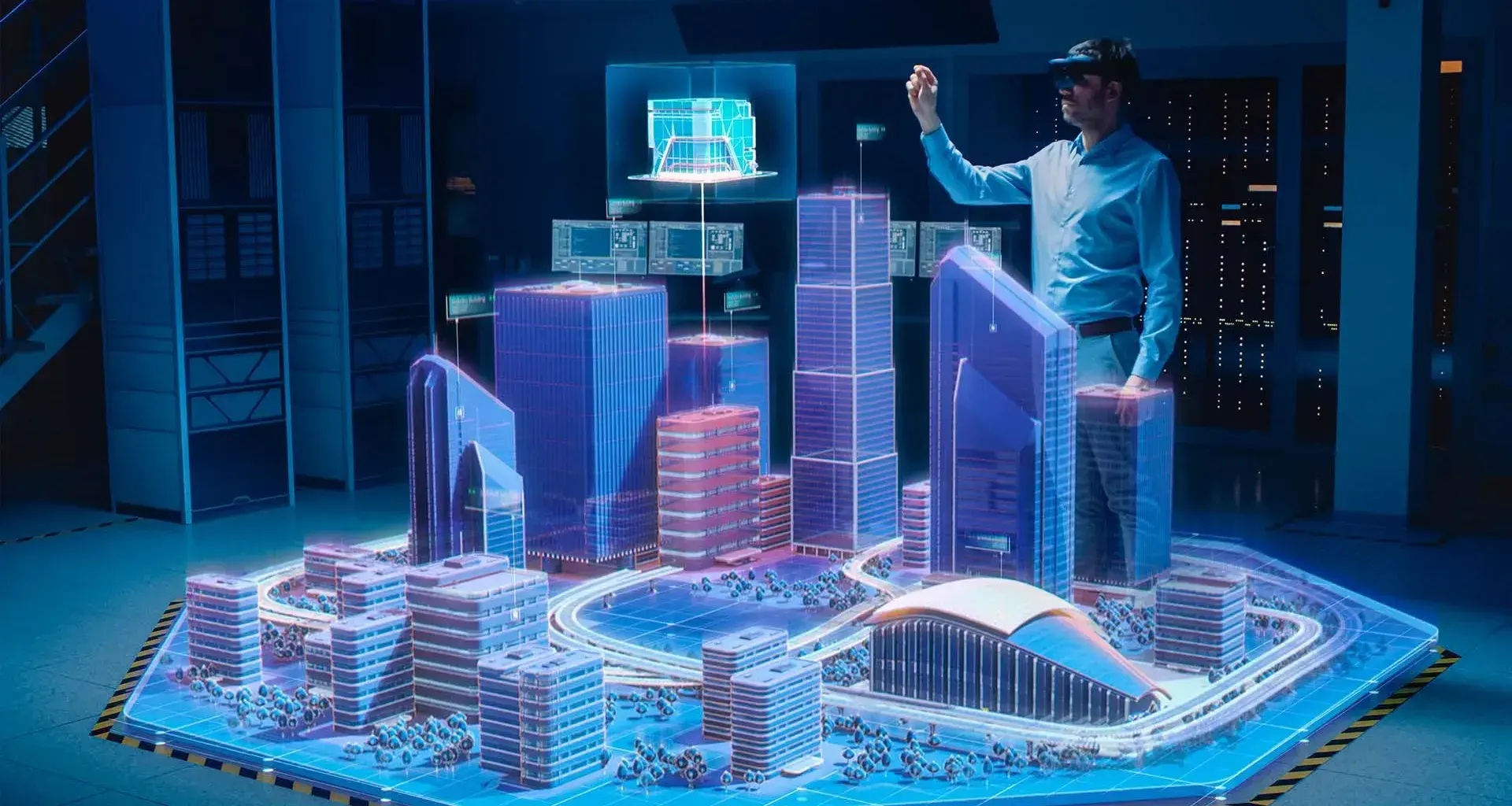Tec de Monterrey’s Futures Design Lab, which was recently launched by the institution, counts solving future problems and using technology that does not yet exist among its key objectives.
The Futures Design Lab offers design-led innovation services focused on research, innovation, and entrepreneurship ecosystems to support companies, researchers, and organizations.
Xóchitl Arias, national leader of the Futures Design Lab, spoke about the work carried out by the laboratory.
“It’s a laboratory providing innovation services that has a focus on design and futures perspective.
“Our key work is generating knowledge: in a laboratory, knowledge is both practical and experimental. Using specific cases and projects enables us to innovate, experiment, and work on generating solutions for new systems, products, and services,” she said.

As Arias explained in an interview with CONECTA, futures thinking is a key part of this laboratory, facilitating innovation by providing the possibility of generating lasting solutions.
“Our services include consultancy, specific projects, offering interventions or activating spaces, designed experiences, and even specialized training.
“It’s all about increasing innovation capabilities, which we do through this unique approach that combines futures thinking with design,” she added.
“Innovating, experimenting, and working on generating solutions for new systems, products, and services.”
Interdisciplinarity as a key to problem solving
Although the lab was created by the School of Architecture, Art, and Design, the Futures Design Lab is wholly interdisciplinary.
“The laboratory was indeed created by the School of Architecture, Art, and Design, but its work is interdisciplinary. It’s clear that the problems of the future are complex, and none can be dealt with by a single discipline; it’s impossible.
“Design tools help us work even with things that are undefined, that’s how the school contributes, but we work in an interdisciplinary way,” she said.
Arias added that the Tec aims to contribute to the development of innovation, research, and entrepreneurship poles or hubs by 2025, and that the Futures Design Lab is a key stakeholder in those ecosystems.
“Our work is aimed at researchers, institutions, organizations, and communities with innovation projects.”
She explained that the creation of this laboratory was focused on meeting three specific needs.
- The lack of interdisciplinary work
“The problems of the present, the real world, and the future are not solely related to one discipline. A disciplinary vision isn’t enough for us to generate solutions or contribute to solving humanity’s major problems. We need to improve our ability to work in an interdisciplinary way.”
- Research and knowledge beyond the written word
“A lot of the time, the research that we generate remains on paper and doesn’t get out into the real world. Our intention is to ensure that existing solutions reach whoever needs them. Knowledge transfer is key.”
- Developing new solutions
“Some areas of research and technology take a long time, so we need to find mechanisms that allow us to generate all kinds of innovations.”

Although the Futures Design Lab began its activities a year ago, the official launch took place on June 7.
“One of the projects we have worked on is air purifiers on campuses; we also worked on designing a specific methodology to identify opportunities for water-related product and service innovation.
“We’ve published reports about innovation opportunities in nanotechnology and advanced materials, as well as regarding water,” she concluded.
Interested parties can approach the laboratory to work on a specific project through the Futures Design Lab website.
ALSO READ:





